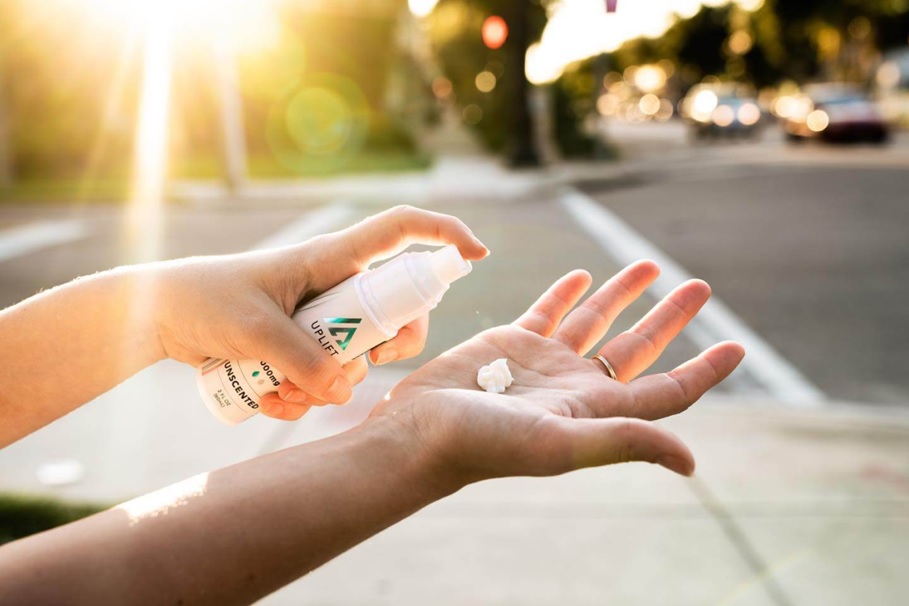Tips To Avoid Frozen Shoulders After Shoulder Surgery
The term “frozen shoulder” is often used to refer to adhesive capsulitis, a painful condition that restricts shoulder movement. Although the specific origin is unknown, simple stretching on a daily basis can help prevent or alleviate the condition.
Possible contributing causes to the frozen shoulder include a sedentary job, being overly cautious after shoulder surgery, injury healing, inflammation, advanced age, or stroke. The beginning could be slow, giving you time to establish a workout program. Contact Ortho 1 Medical Group for advice to prevent frozen shoulders.
Tips to avoid frozen shoulders after shoulder surgery
Exercise for therapeutic reasons can be done in an attempt to:
- Avoiding the beginning of a frozen shoulder,
- Addressing shoulder stiffness and decreased mobility before it worsens,
- Treating a frozen shoulder and helping recover mobility are all possible solutions.
You should not experience sharp or increasing discomfort when doing these workouts. Instead of causing additional damage, the goal is to increase the range of motion. These stretches should be done gently, without jerks or other irregular motions.
- Wall stretch
As you keep your back against the wall, slightly bend your knees. As far as you can, slowly extend your arms over your head while spreading your palms outward. Lower your arms slowly. Repeat 8 to 10 times in total.
- Pendulum stretch
Bend slightly forward. You can lean one hand against a solid thing like a table. Allow the arm whose shoulder is frozen to hang down. Swing the arm in a gentle, 20–30 cm-wide circle. Make 5–10 clockwise and then anticlockwise circles.
- Finger walk
Stand almost at arm’s length from the wall whilst facing it. Reach out with the arm on the affected side until a few fingertips are at waist height on the wall. Now, “walk” two fingers up the wall as far as you can, holding your elbow slightly bent.
- Cross-body exercise
When the injured arm is across the upper body with the shoulder slightly bent, use the healthy arm to raise the other while holding onto the elbow. Hold the position that you feel a stretch for 15 to 20 seconds. Repeat three times.
Dietary changes that you can consider
- Avoid consuming foods that have been processed significantly.
- Increase your daily consumption of vegetables and fruits.
- Include anti-inflammatory alternatives, including fatty fish.
- Reduce your consumption of sugar and salt.
- Use cinnamon, ginger, turmeric, and garlic when cooking.
- Take caffeine out of your everyday routine.
- Start taking magnesium supplements. (Speak to your doctor to be sure this is safe for you)




